The Blue of Bengal
Indigo - a deep blue colour that comes from the indigofera tinctoria plant - has always fascinated me. This bold, intense colour is produced through a sort of alchemy, in which indican - an organic compound in the indigofera plant, which is extracted from the leaves through fermentation - magically turns into indigo when it is exposed to air.
Last year, I traveled to Bangladesh to learn more about this colour and to visit an organisation that is making some of the world's finest natural indigo. Historically, indigo has been produced in various parts of the world, but the indigo produced in Bengal (a region that historically consisted of Bangladesh and the Indian state of West Bengal) is known to be among the best due to the high level of indican content.
Known in the past as the 'king of dyes', indigo has been prized throughout history for its ability to create intense blues and to do so without the need for a mordant (a chemical agent that fixes the colour to the fabric). The quality of Bengal indigo initially made the region quite rich. However, this source of wealth became a curse in the 1800s when the Bengal region fell under British control and farmers were forced to labour under exploitative conditions, being paid only 2.5% of the market price for their crop. This exploitation led in 1859 to an uprising of indigo farmers, known as the 'indigo revolt'.
The organisation I visited, Nijera Cottage and Village Industries, is a social enterprise based in the rural north of Bangladesh. Its aim is to learn from history by cultivating natural indigo and ensuring that the benefits go to the cultivators themselves. The enterprise is democratically run and consists of farmers, dyers and textile producers. Many of the farmers are landless, but the beauty of indigo is that it can be grown pretty much anywhere, so these farmers grow it along the unused sides of roads. The artisans are masters in the art of shibori - a resist dyeing technique that creates wave-like patterns - and kantha, which is a Bengali stitching technique.
As well as providing an income to farmers and artisans, indigo has several environmental benefits. As a legume, it has the ability to take nitrogen from the atmosphere and put it into the ground, increasing the soil's fertility. It is therefore useful as a rotational crop, as it can enrich the soil after other crops have depleted it. After harvesting, its stems can be used as firewood, so it is a low waste product. It is also a hardy plant that grows easily on dry land, so is perfect for people living in the dry Northern part of Bangladesh.
The aim of the producer group is to contribute to a sustainable rural economy by providing a diversity of jobs that make use of local skills and resources. In our collaboration with them, we have produced cushion covers and blankets that highlight the beauty of the indigo dye and the skills of the artisans. To explore the collection, click here.

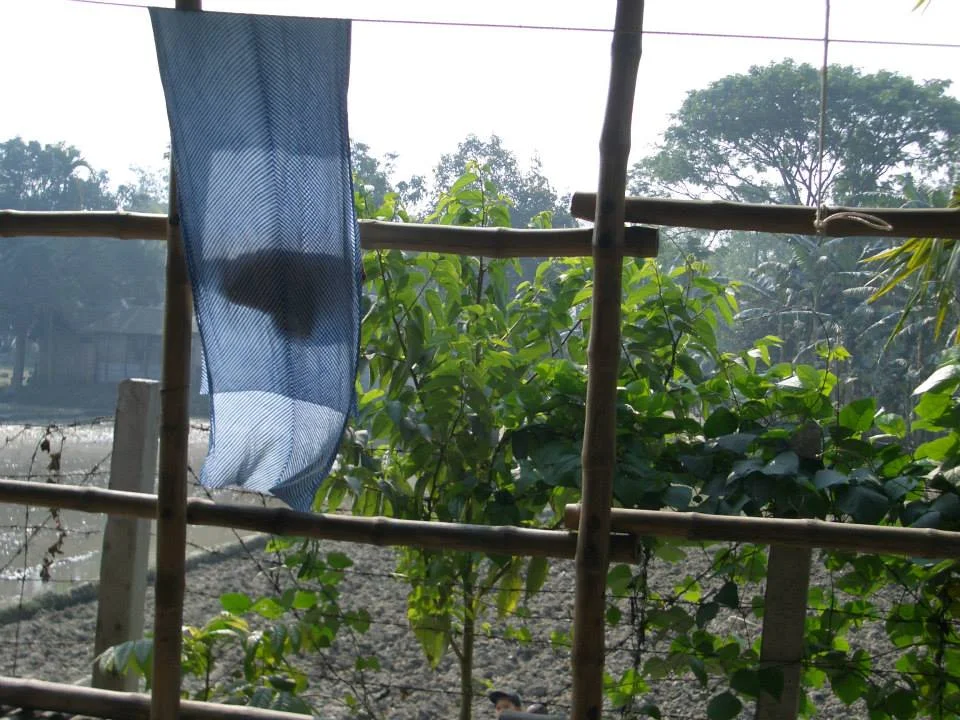

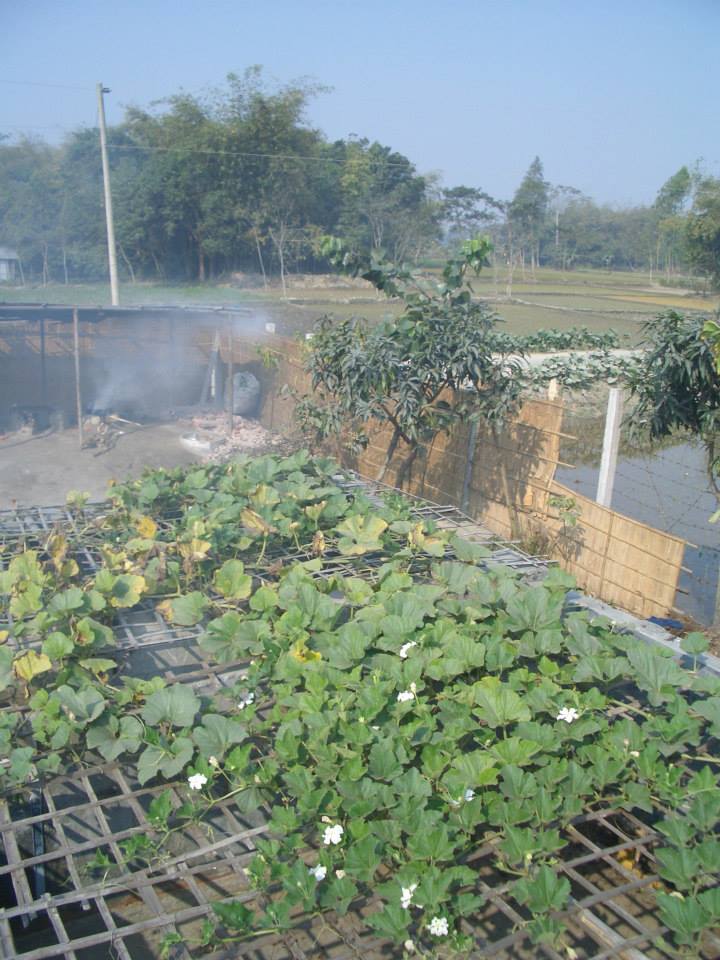
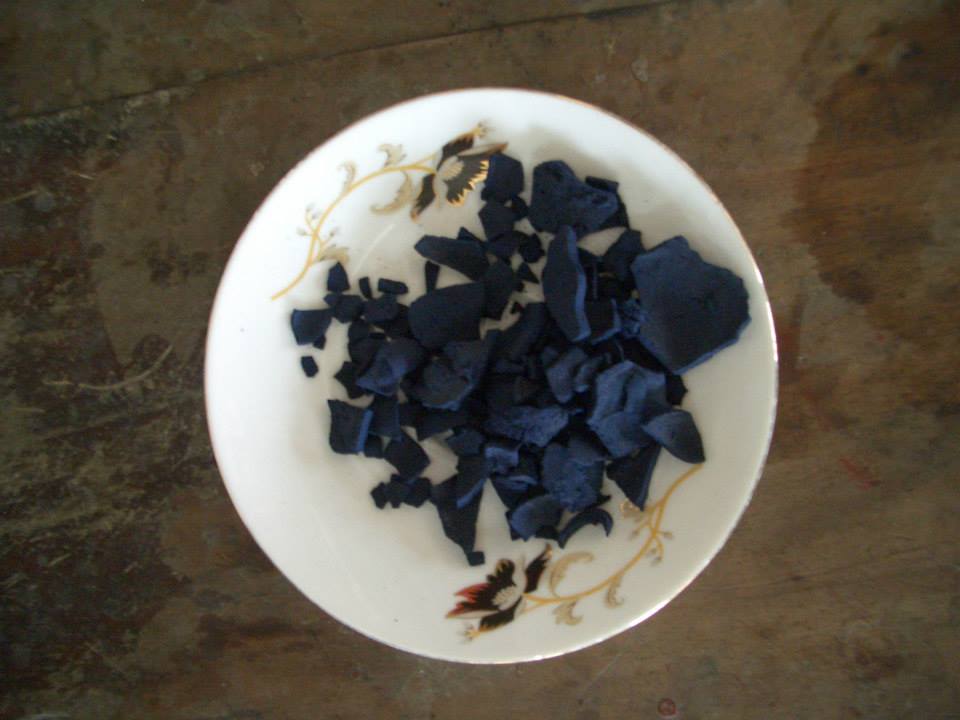
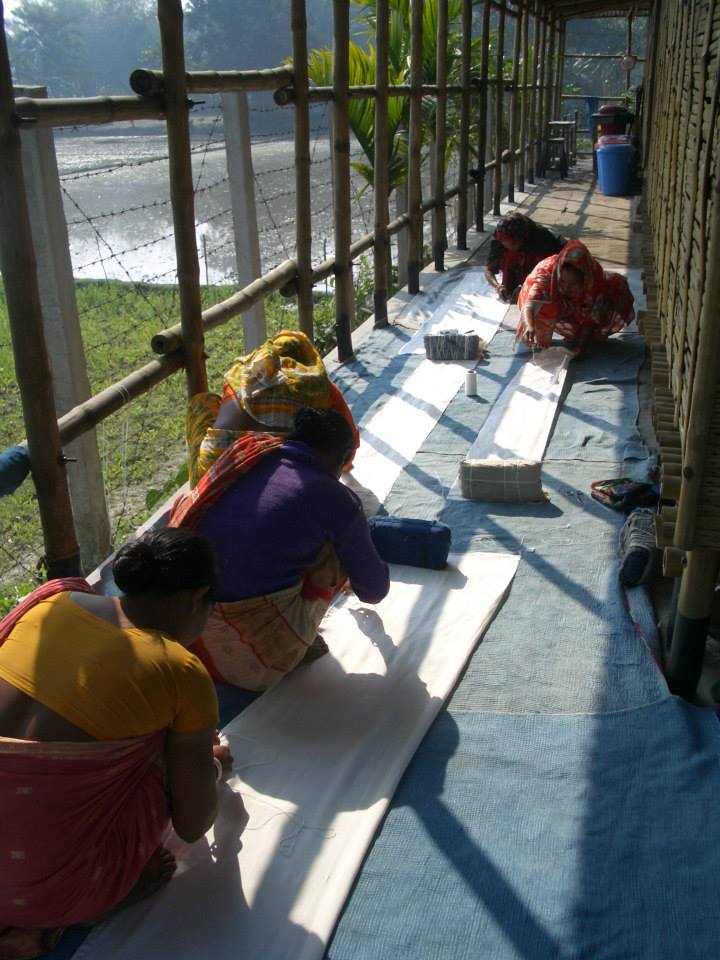
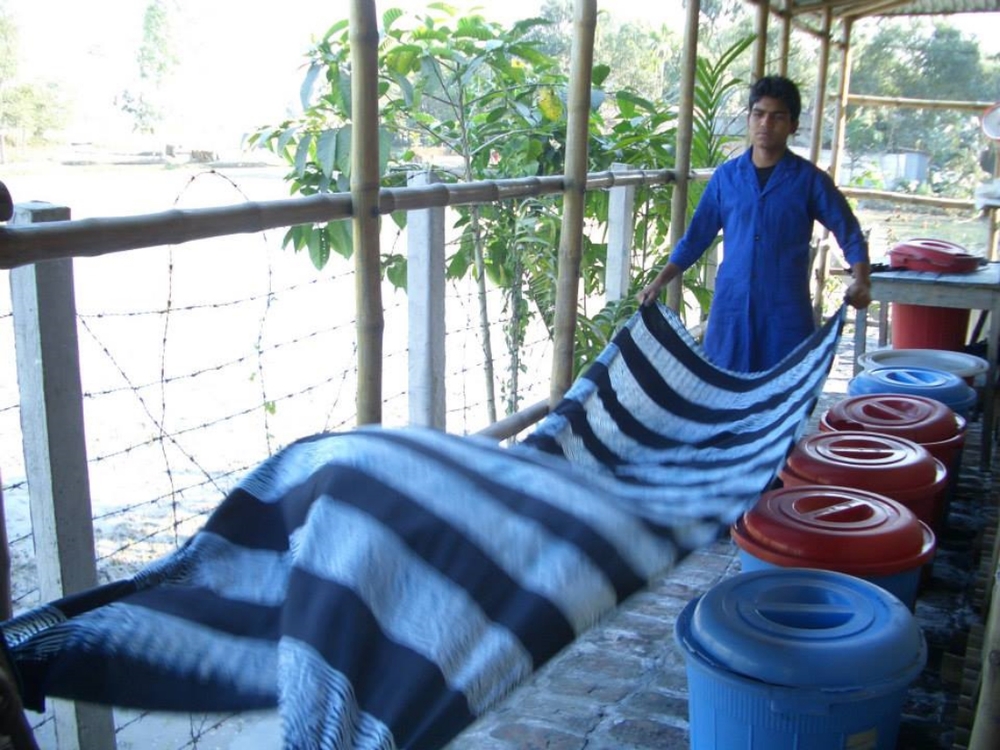
![Ecosophy24May-1[1].jpg](https://images.squarespace-cdn.com/content/v1/538af0f9e4b042208abff466/1514570754033-HBE9IVJL11X0NEP1OLVO/Ecosophy24May-1%5B1%5D.jpg)